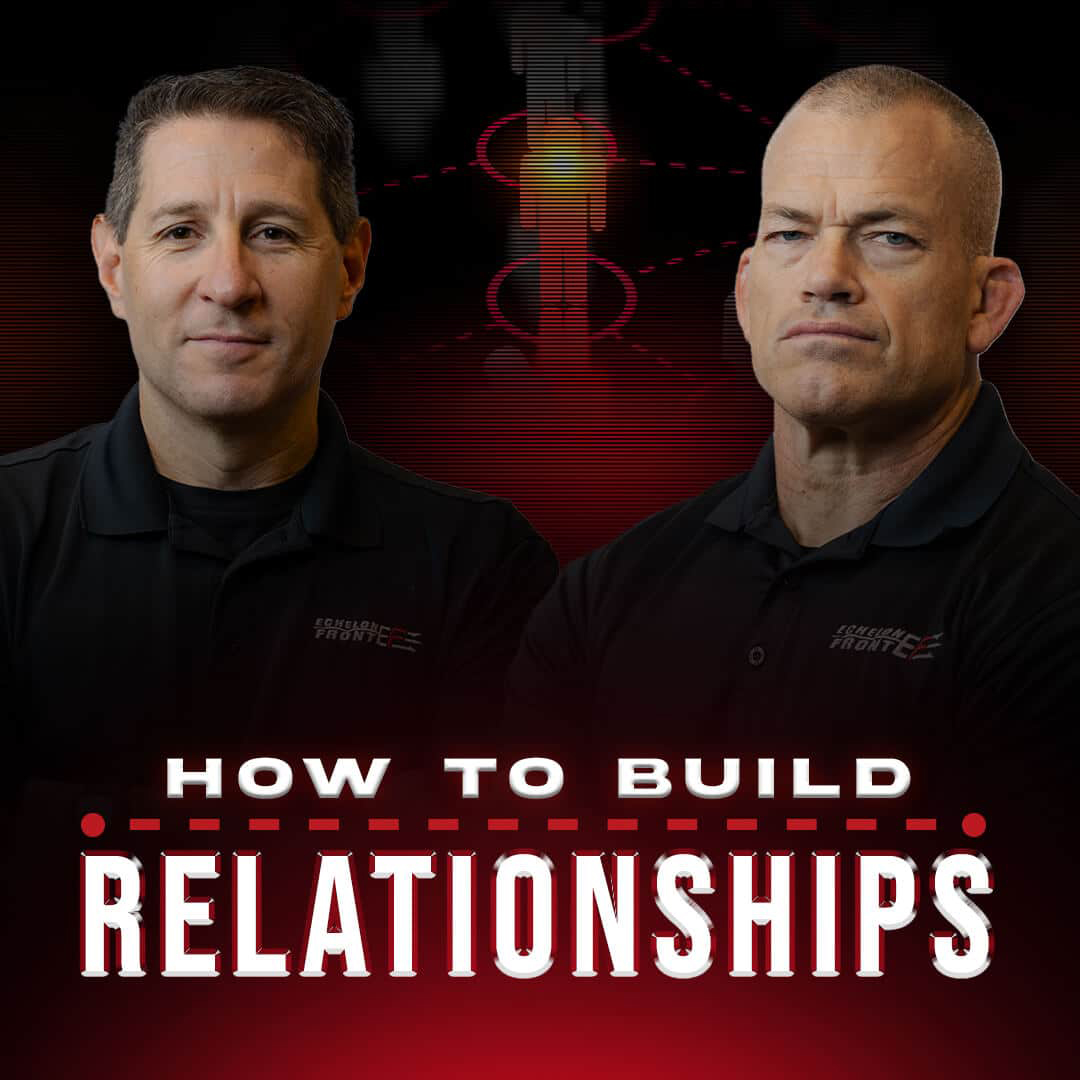Relationships are paramount. In fact, they sit at the center of everything we do as leaders. No amount of strategy, experience, or authority can make up for a lack of genuine connection with the people you’re trying to lead. Without strong relationships, our words lack weight, our direction lacks clarity, and our influence falls flat. Too often, leaders overlook this reality and overestimate the strength of their relationships and the leadership capital they believe they have.
What Is Leadership Capital?
Leadership capital is the trust, credibility, and relational equity you build with others over time. It’s the influence you earn, not the power you’re given. Think of it like a bank account; every interaction is either a deposit or a withdrawal. When you show humility, take ownership, listen actively, and provide clear support, you’re making deposits. When you ignore input, assume intent, or fail to follow through, you’re making withdrawals.
Just like with money, if you spend more than you save, eventually you go bankrupt. And when that happens in leadership, your ability to influence others disappears.
The Danger of Overestimating Your Balance
Most leaders assume they have more leadership capital than they actually do. We fall into the trap of thinking, we’ve worked together long enough, they know what I mean, or we’ve built enough trust already, I can just get straight to the point. The truth is, unless we’re constantly checking in, actively listening, and watching how people respond to us, we’re at risk of missing key information.
We believe we’re being clear when we’re not. We think our team understands our intent, when in reality they may be questioning our tone or direction. We assume alignment, when people might actually be confused or quietly disengaged.
Why the Indirect Approach Often Matters More
When we assume our leadership capital is high, we tend to default to the direct approach. We offer blunt feedback, deliver quick corrections, or expect compliance without offering context. We assume people trust our intent, but that trust may not be as strong as we think.
When the relationship isn’t as solid as we imagined, we miss important data. Body language, hesitation, resistance, or silence—those are signals that shouldn’t be ignored. But when we’re not paying attention, we misread them or dismiss them altogether. We think we’re aligned, but we’re often just moving in parallel without a true connection.
Every Interaction Is a Deposit
Strong relationships are built on small, consistent deposits over time. These deposits don’t require grand gestures, just intentional ones. Ask questions instead of assuming. Clarify expectations instead of rushing direction. Listen before you speak. Take ownership when things go wrong. Support your team, not just in big moments, but in the quiet, daily ones that build trust.
When you consistently make those deposits, you earn the credibility to be direct when needed. People will know your feedback comes from a place of care, not control. They’ll trust that your correction is meant to help, not to punish.
Final Thought
Leadership is not about control; it’s about connection. And that connection is only as strong as the relationships you invest in daily. Before you speak, decide, or correct, ask yourself—Have I made enough deposits to support this moment?
Because in the long run, your greatest influence won’t come from your authority, it will come from the strength of your relationships. And that is a bank account worth protecting.



